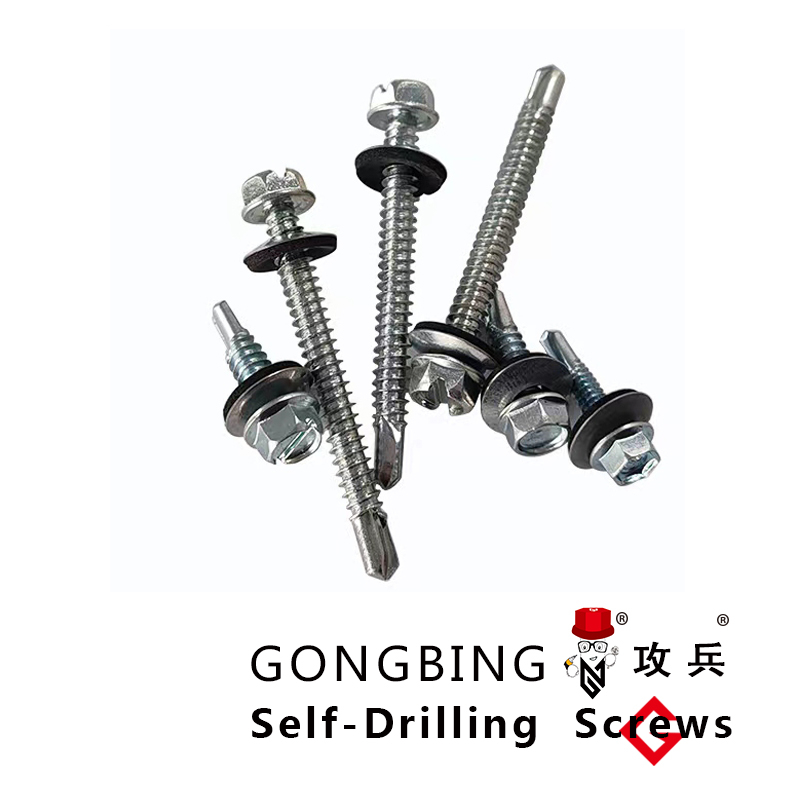shear studs
Understanding Shear Studs in Structural Engineering
Shear studs, often referred to as headed shear studs, are pivotal components in the field of structural engineering, particularly in the construction of composite structures. These small, yet crucial, steel connectors are used to bond concrete slabs to steel beams, ensuring structural integrity and stability in buildings and bridges. Their design, functionality, and significance cannot be overstated.
The primary role of shear studs is to transfer shear forces between the concrete and steel. When a concrete slab is placed on top of a steel beam, the two materials behave differently under loads. Steel is strong in tension and compression, while concrete excels in compression but is relatively weak in tension. Shear studs help mitigate this disparity by anchoring the concrete to the steel beam, allowing them to act as a single composite unit. This interaction enhances the load-carrying capacity of the structure and improves its overall performance.
Typically, shear studs are installed on the top flange of the steel beam before the concrete is poured
. They are welded to the beam, providing a secure connection that prevents slipping between the two materials. The design of these studs includes a head that creates a mechanical interlock with the concrete once it sets, further enhancing the bond. The size, spacing, and number of shear studs required depend on the structural design, load requirements, and local building codes.shear studs

One of the significant benefits of using shear studs is their ability to optimize the structural design of buildings. By allowing for thinner concrete slabs and reducing the amount of concrete needed, shear studs contribute to cost savings in materials and labor. They also enable longer spans and more open spaces in architectural designs, which is particularly desirable in modern construction projects.
Moreover, shear studs play a vital role in the seismic performance of structures. In earthquake-prone areas, the ability of a building to flex and absorb energy is crucial. The composite action enabled by shear studs improves the ductility and resilience of the structural system, making it better equipped to withstand dynamic loads.
In conclusion, shear studs are essential components of composite steel-concrete structures. Their ability to ensure the effective transfer of forces, optimize material use, and enhance structural performance makes them indispensable in modern engineering. As construction techniques evolve and the demand for sustainable building practices grows, the importance of shear studs will continue to be a focal point in developing resilient, efficient, and safe structures. Understanding their role is crucial for engineers and architects striving for excellence in structural design.
-
Weatherproof Plastic Expansion Anchors for OutdoorNewsJun.06,2025
-
Sustainability in the Supply Chain: Eco-Friendly TEK Screws ProductionNewsJun.06,2025
-
Load-Bearing Capacity of External Insulation FixingsNewsJun.06,2025
-
Double Head Bolts: Enhancing Efficiency in Industrial MachineryNewsJun.06,2025
-
Corrosion Resistance in Chipboard Screws: Coatings for Wholesale DurabilityNewsJun.06,2025
-
Butterfly Toggle Bolts : Enhancing Structural ResilienceNewsJun.06,2025
